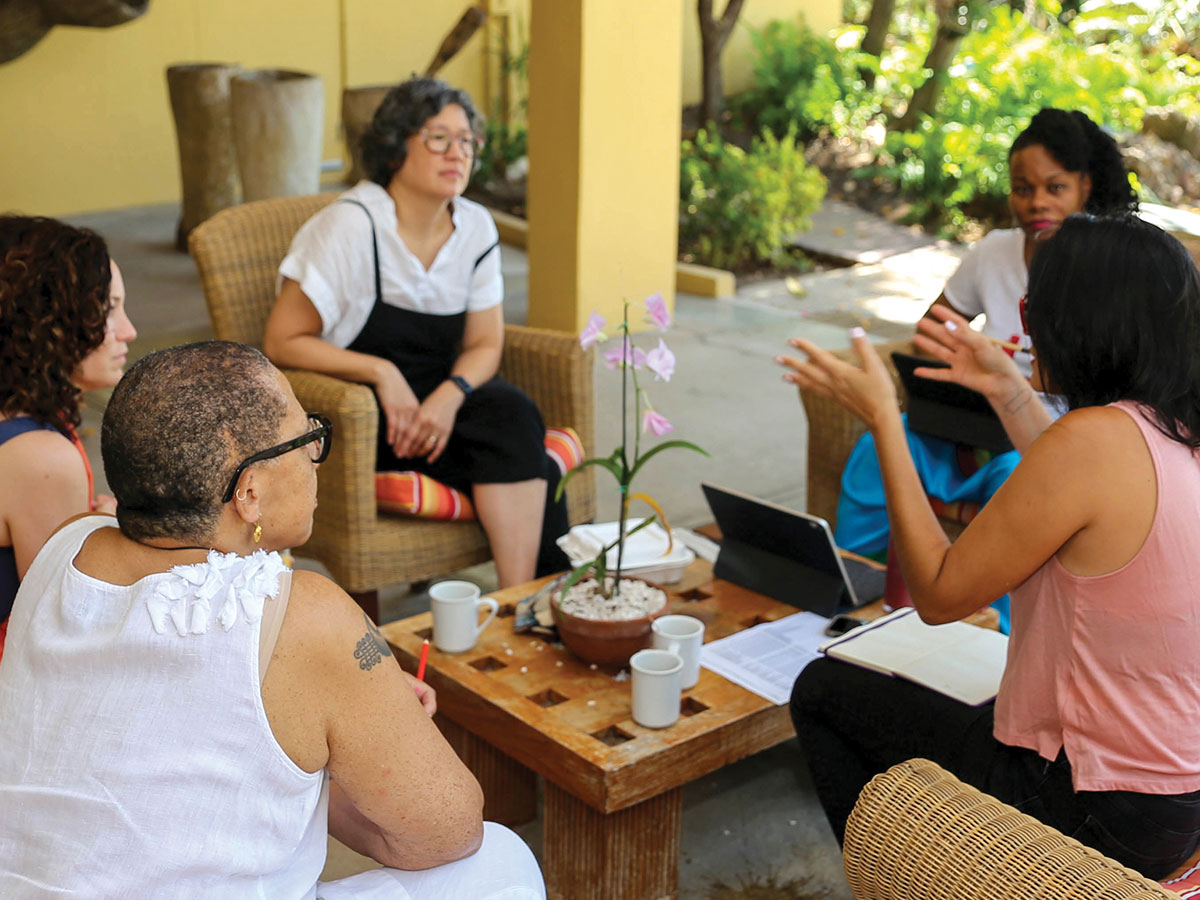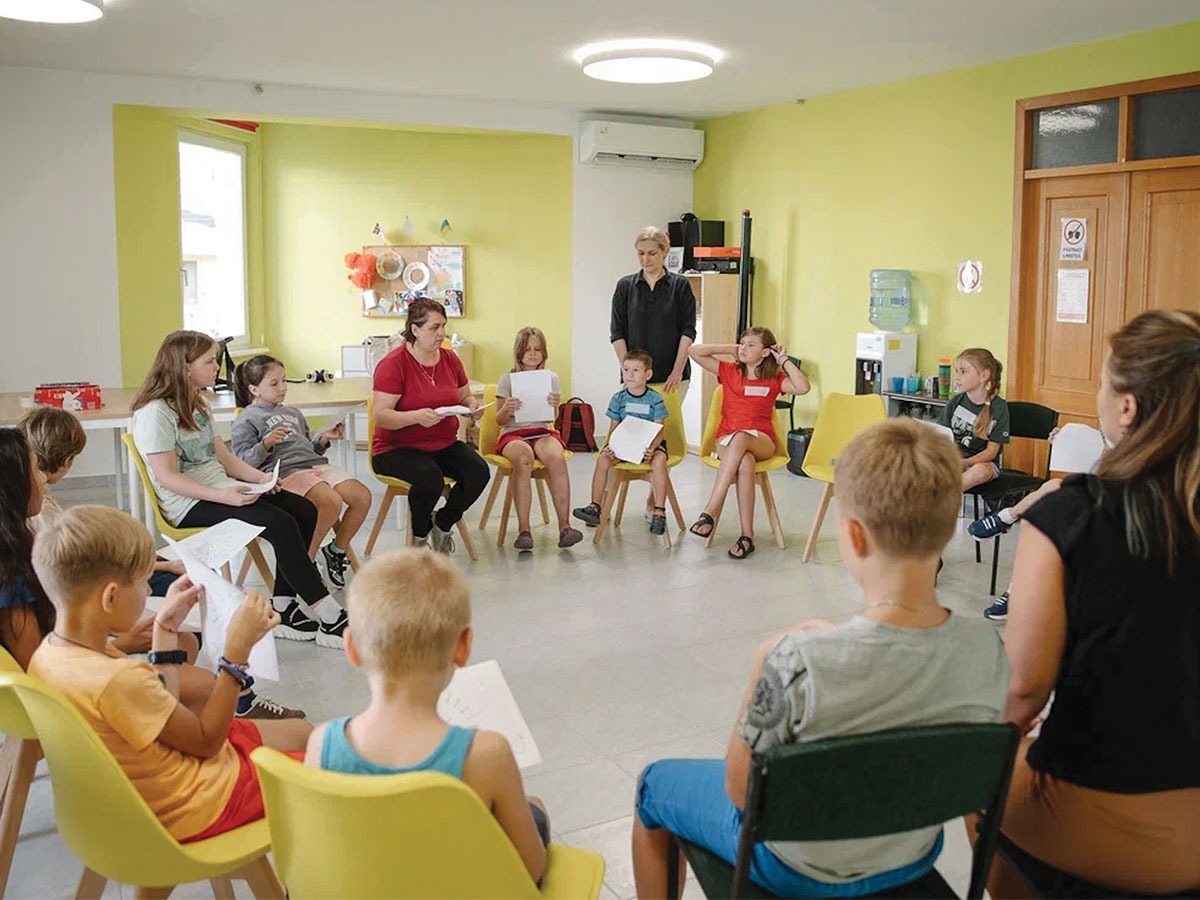
Too often, funders fail to consider the total cost of their grants, creating funding gaps that have a disproportionate impact on smaller nonprofits and organizations of color.
Grantees that lack sufficient funding struggle to pay for basic operational costs, such as rent, utilities, legal fees, equipment and other administrative expenses. When grants fail to adequately consider these indirect expenses, organizations can fall into a vicious “starvation cycle” that threatens their fiscal health, limits their full potential, and hinders the advancement of their mission.
The impact of indirect costs
A 2019 Bridgespan study analyzed the true costs of operating a nonprofit, which include direct project expenses and indirect costs. Grantees typically are unable to recover indirect costs with the funding provided in project grants, the study found. This puts pressure on the organization to make up the funding gap from other sources.
First steps toward equitable grantmaking
The Annie E. Casey Foundation, like many philanthropies, is deeply committed to promoting equity in its programmatic work and operations and has concerns about the equity implications of its indirect cost policy. For years, Casey maintained a low cap on indirect costs—but data showed that this approach left many of its nonprofit grantees unable to operate within the indirect costs funded.
Conversations within the foundation began in late 2019 and focused on the organization’s indirect cost cap. At 10 percent, this rate sat at the extreme low end among the range of options that other foundations were offering. In 2020, Casey raised its indirect cost cap to 15 percent and then took the time needed to conduct an in-depth analysis and further examine and discuss a long-term policy change.
Data-driven, field-informed research
A work group of program officers and grants management staff within the organization kept the discussions rolling, and—while everyone agreed that this was an important issue to consider—the path forward was far from clear.
In early 2020, the work group examined Casey’s grants data and analyzed the costs grantees were listing in their budget requests. It also sought input from other funders, including the MacArthur Foundation—one of five philanthropies involved in advancing what is called the “true cost” work—about how it landed on a 29 percent overhead rate on all grants and the lessons it learned along the way.
In June, the work group enlisted the fiscal management consulting firm BDO FMA (formerly Fiscal Management Associates) to help facilitate discussions and analyze grantee data. Using publicly available 990 data, BDO FMA performed a grantee portfolio analysis, which provided information on the financial health of Casey Foundation grantees—including information on their reported indirect costs.
The work group learned that the median reported indirect cost rate of Casey grantees was 19 percent. Smaller grantees with budgets under $1 million had a median rate of 22 percent and the largest grantees—those with budgets exceeding $100 million—had a median rate of 14 percent. This inverse relationship between budget size and indirect cost rate is consistent with BDO FMA’s research on nonprofits as a whole and is likely due to economies of scale achieved at larger organizations.
Each year, the foundation collects demographic data from grantees to monitor funding to organizations of color (defined as organizations that have both a chief executive and a majority of staff who identify as people of color). By disaggregating this data, Casey learned that grantees of color had median budgets that were just 59 percent the size of its other grantees and carried a median cost rate of 21 percent—more than 2 percent higher than organizations that were not grantees of color. These differences suggest that a one-size-fits-all approach to an indirect cost rate policy is inequitable and disproportionately limits smaller grantees, including grantees of color.
Guiding principles
Equipped with this information, the work group focused on three guiding principles when reconsidering Casey’s indirect cost rate policy: 1) grantees deserve equitable access to resources; 2) the foundation’s practices should aim to minimize the burden to grantees in areas such as applying for, budgeting and reporting on grants; and 3) grantmaking practices should seek to improve—or at least not jeopardize—the financial and organizational health and sustainability of grantees.
The group ultimately landed on a three-tiered rate structure that provides a 25 percent indirect cost rate for grantees with budgets under $5 million, 20 percent for grantees with budgets between $5 million and $100 million and 15 percent for those with budgets over $100 million. This new structure covered the reported indirect costs of the majority of Casey’s grantees in each of the tiers.
Implementing change
Implementing this new policy came next—a challenge that prompted questions about how to pay for such a substantial shift in practice. Foundations generally have three options when implementing a new indirect cost policy. These are: 1) reduce the direct cost portion of the grant, thereby reducing the scope of the work; 2) reduce the number of grants awarded to fully fund the indirect cost reimbursements on the remaining grants; or 3) increase grantmaking budgets to accommodate an uptick in indirect cost reimbursements. Casey chose option three: growing its grantmaking budget to cover implementation costs.
Today, the foundation is confident that its new policy is driving equitable grantmaking for smaller organizations and organizations of color. Equipped with the right resources, these nonprofits are better positioned to succeed—and to help Casey advance its mission of building a brighter and more equitable future for America’s children, young people and families.
This post was originally published by the Annie E. Casey Foundation.


